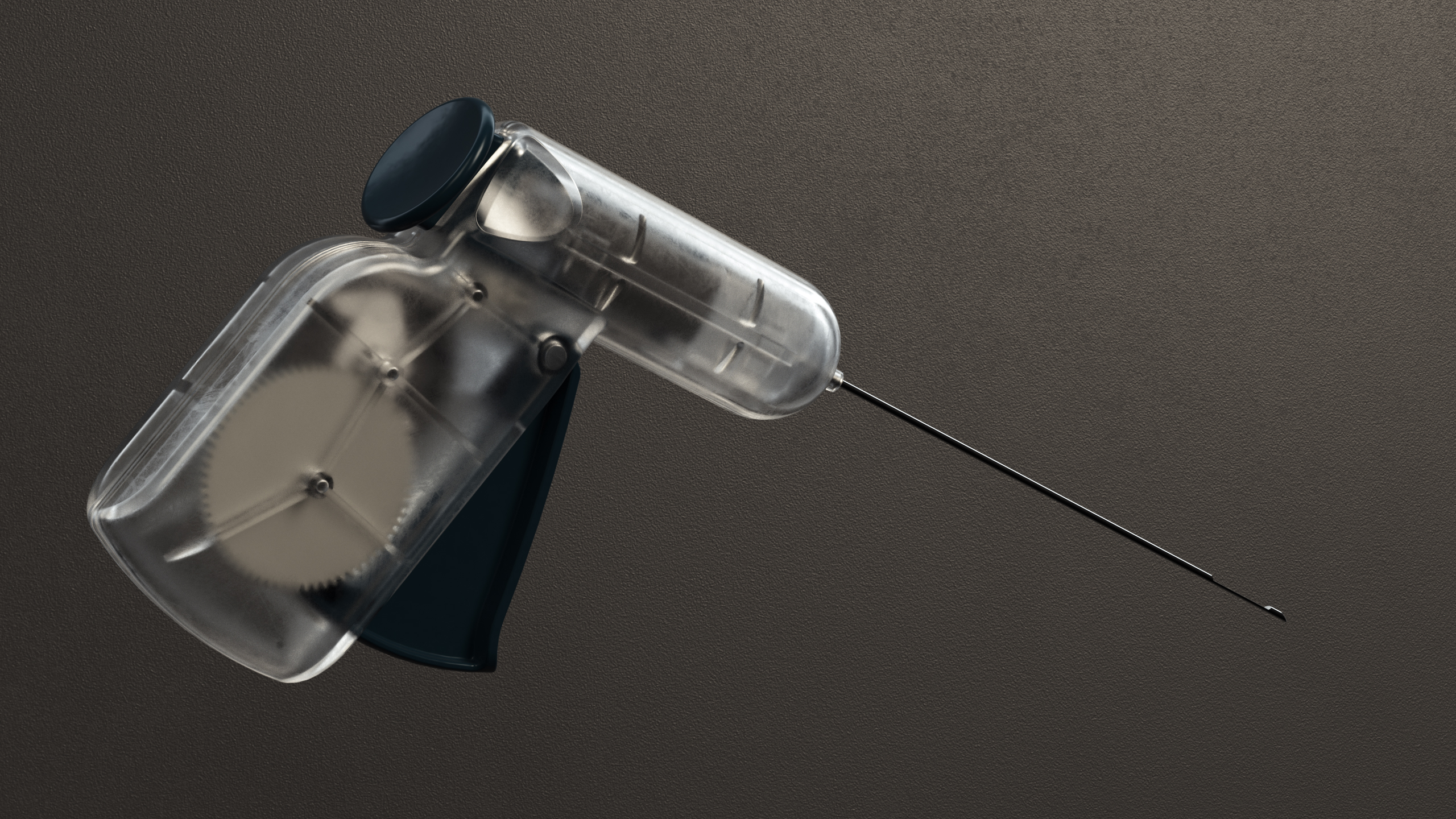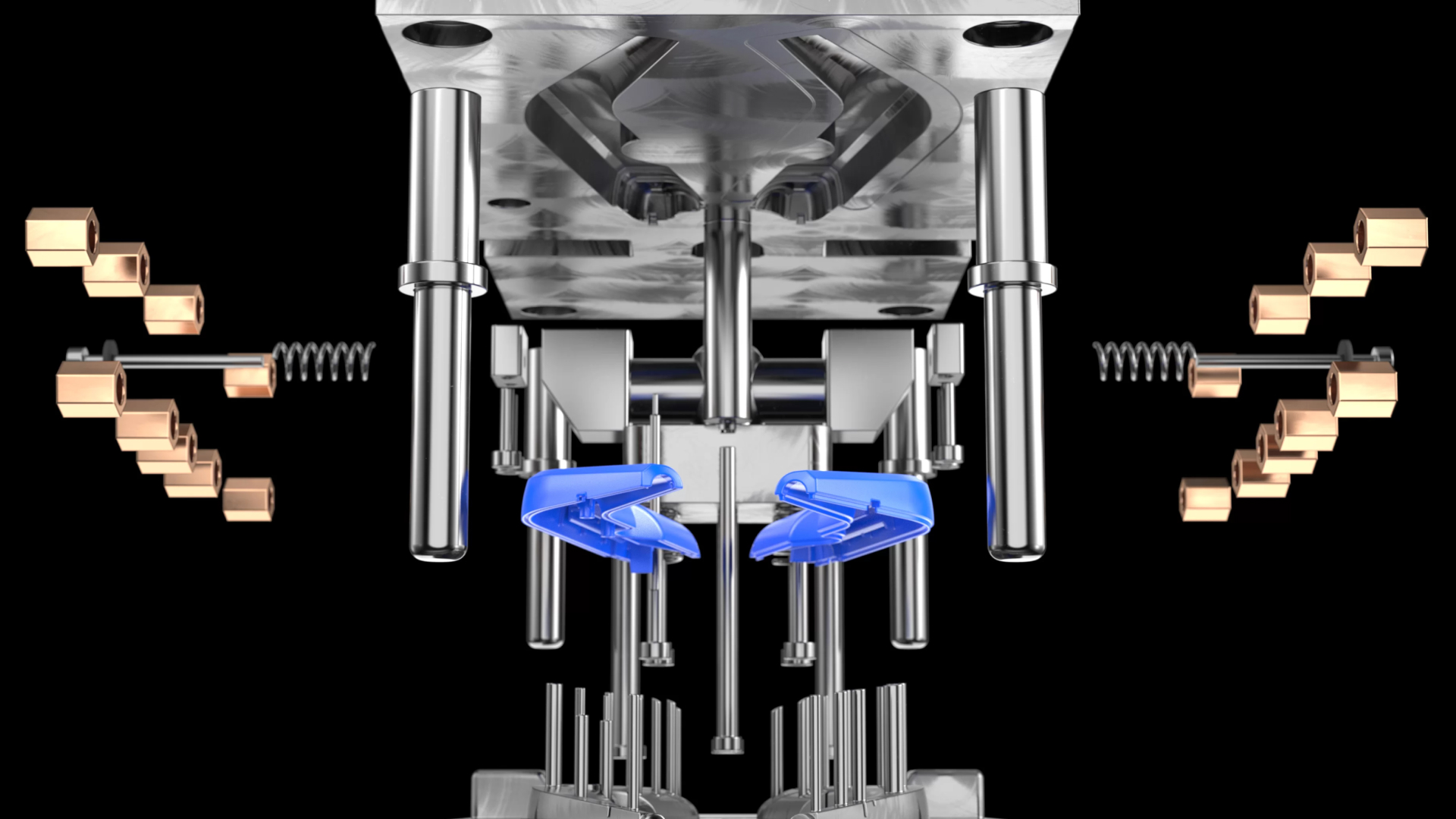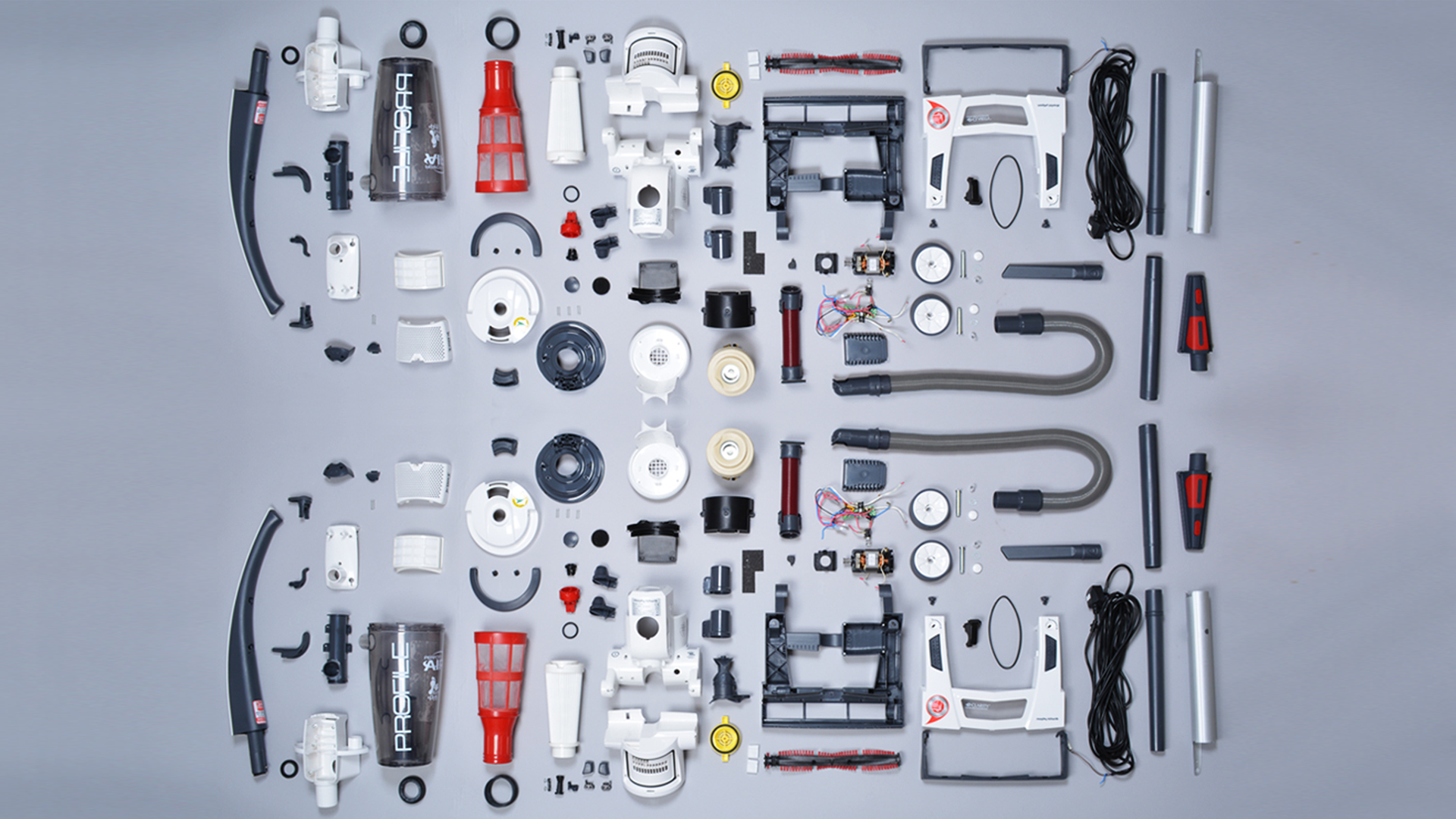What is Design for Manufacturing DFM and Why Does it Matter: A Comprehensive Guide

Design for Manufacturing (DFM) aligns product design with manufacturing methods to boost efficiency and cut costs. This article explains what is Design for Manufacturing DFM and why does it matter for modern manufacturing.
Table of Contents
Key Takeaways
- DFM, or Design for Manufacturing, streamlines product design to enhance manufacturing efficiency, reduce costs, and improve product quality by addressing challenges early in the design process.
- Key DFM principles include simplification, standardisation of components, and careful material selection, all aimed at minimising manufacturing complexities and ensuring smooth production processes.
- Implementing DFM requires cross-functional collaboration and early integration of manufacturing considerations into product development, leading to reduced time-to-market and improved overall product performance.
Understanding Design for Manufacturing (DFM)

Design for Manufacturing (DFM) is a design-first approach to manufacturing that aims to align product design with manufacturing processes to achieve greater efficiency, cost-effectiveness, and quality. Optimising product design for easier and cost-effective manufacturing results in a well-managed production process that considers all aspects of production.
DFM principles provide a competitive market advantage through improved efficiency and product quality. It creates a solid plan for product development, allowing organisations to identify potential manufacturing challenges early. This approach guarantees efficient design and manufacturing setups, ultimately reducing production costs. Optimizing the assembly process can further reduce costs and improve efficiency by simplifying connections and reducing the number of parts.
Definition of DFM
DFM stands for Design for Manufacturing or Design for Manufacturability. It is an emerging design philosophy that falls under the umbrella of Design for Excellence (DFX). DFM aims to address potential manufacturing challenges during the design stage, ensuring smoother production processes.
This involves principles and guidelines aimed at optimising product design, focusing on reducing manufacturing operations while meeting functional requirements. By incorporating key manufacturing principles, such as material selection and quality control, DFM not only helps in reducing environmental impact but also enhances product quality and manufacturability throughout the development lifecycle.
Understanding the Design Process
The design process is a crucial aspect of product development, and it plays a significant role in determining the manufacturing costs and efficiency of a product. A well-planned design process can help reduce manufacturing costs, improve product quality, and minimise material waste. The design process involves several stages, including concept development, design refinement, and prototyping. During these stages, designers and manufacturing engineers work together to ensure that the design meets the manufacturing requirements and quality standards. By understanding the design process and its impact on manufacturing, companies can make informed decisions to optimise their product development cycle and reduce production costs.
Why DFM Matters

Lack of understanding of manufacturing processes by designers can lead to increased costs, lower quality, and delayed time-to-market. The ultimate goal of Design for Manufacturability (DFM) is to improve product quality, reduce costs, and positively impact market performance.
DFM investment helps identify and avoid poor design and manufacturing decisions, leading to long-term cost savings and efficiency. Aligning design choices with production volumes and available technology ensures cost effective production. Integrating DFM can be challenging, requiring a systematic approach and team collaboration.
Determining the manufacturing cost is a critical factor in selecting the right manufacturing process. While certain methods may have lower production costs, the overall costs, including distribution and tolerances, must be considered to ensure optimal decisions are made for the final product’s viability.
Cost Reduction
DFM is a primary strategy aimed at reducing costs while maximising performance in manufacturing. The DFM process implementation can significantly reduce production costs by streamlining the design process and minimising material waste. The choice of raw material, including its grade and form, significantly influences the final part cost in product development.
For instance, in the electronics sector, a DFM initiative resulted in a 20% decrease in production costs by optimising the design for simpler assembly. Simplicity and standardization in design lead to cost savings in both production processes and materials. Over 70% of a product’s final cost is determined during the design stage, highlighting the importance of thoughtful design in cost reduction.
Improved Product Quality
Integrating quality control into the design process is essential for maintaining product standards throughout manufacturing. Design for Manufacturing (DFM) plays a pivotal role in enhancing product quality by ensuring that designs are closely aligned with manufacturing capabilities, thereby reducing the likelihood of defects and ensuring consistent quality standards.
For instance, a medical device company successfully reduced its defect rates by 60% after implementing DFM principles. This achievement highlights the critical importance of DFM in improving product quality. By addressing potential manufacturing challenges early in the design process, DFM ensures that products are designed with manufacturability in mind, leading to fewer errors during production. This proactive approach not only enhances the reliability of the final product but also boosts customer satisfaction by exceeding quality expectations.
Simplification in Design
The goal in designing for manufacturing constraints is to maintain design simplicity. It must also meet all functional requirements. Simplifying designs minimises unnecessary complexities while maintaining required functionality, enhancing manufacturability. Simplifying assembly steps by reducing the number of parts and designing components to fit only one way can enhance efficiency and lower costs.
Avoiding drilling when casting or moulding to achieve accuracy can significantly cut material waste during production, lowering overall costs. Simplified designs result in easier assembly. This also enhances quality control.
Standardisation of Components
Using commonly available components streamlines production and reduces lead times. Standardisation simplifies material selection and assembly processes, making modular design more efficient and adhering to industry standards while utilising multi functional parts and custom components.
Minimising the need for specialised tools can streamline production and reduce errors during the assembly process, advocating for intuitive designs that simplify the assembly for manufacturing personnel.
A plastic components manufacturer achieved significant savings by modifying the design to minimise part thickness, resulting in lower material and cooling costs, which help to reduce cost.
Material Selection
The choice of material significantly influences the overall material costs and manufacturability of a product. Evaluating raw material forms in DFM affects overall cost and manufacturability. Consider heat resistance, water resistance, strength, and flexibility when selecting materials.
The essential material properties, such as strength and flexibility, significantly impact manufacturability. Selecting materials that meet specific requirements is crucial, especially in critical applications like aerospace, where lightweight and high-strength materials are vital for successful design and pro
The Role of Manufacturing Process in DFM

Choosing the right manufacturing process is vital for optimising design and minimising costs. This requires understanding the product’s specific characteristics and intended use to choose an appropriate manufacturing method, production methods, and manufacturing methods.
The right manufacturing process significantly enhances product quality and reduces overall costs, making it a critical aspect of DFM.
Choosing the Right Manufacturing Method
Several key factors must be assessed when selecting the right manufacturing process. These factors include cost, product material, production volume, surface finish, post-processing needs, and tolerances.
3D printing processes like Multi Jet Fusion (MJF) and selective laser sintering (SLS) are ideal for producing low-volume parts. These methods are particularly effective for creating highly detailed components. The injection moulding process is recommended for high-volume batches due to its efficient production capabilities, especially in the context of additive manufacturing.
Balancing Tolerances
Effective tolerance management prevents unnecessary manufacturing complexities and costs. Failure to manage tolerances increases manufacturing costs and complications.
Balancing tolerance levels ensures components fit together correctly without excessive costs.
The DFM Process
The DFM process involves a systematic approach to designing and manufacturing products. It requires a deep understanding of manufacturing processes, production costs, and product quality to ensure that the final product meets customer expectations. The DFM process typically involves several key principles, including design simplicity, standardisation, and material selection. By applying these principles, companies can simplify their assembly processes, reduce material costs, and improve overall efficiency. The DFM process also involves collaboration between design and manufacturing teams to identify potential manufacturing challenges and develop solutions to address them. Effective DFM implementation can help companies exceed customer expectations, reduce manufacturing costs, and gain a competitive advantage in the market.
Manufacturing Process Optimisation
Manufacturing process optimisation is a critical aspect of DFM, as it helps companies reduce production costs, improve product quality, and increase efficiency. The optimization process involves analyzing the entire manufacturing process, from design to production, and identifying areas for improvement. This can include streamlining assembly steps, reducing material waste, and improving manufacturing methods. By optimizing their manufacturing processes, companies can minimize production costs, improve quality, and reduce the time to market. The use of advanced manufacturing technologies, such as additive manufacturing, can also help companies optimise their manufacturing processes and reduce costs. Effective manufacturing process optimisation can help companies gain a competitive edge in the market and improve their overall efficiency.
Implementing DFM in Product Development
Implementing DFM in product development involves early integration into the development cycle, ensuring manufacturing considerations are prioritised. Successful DFM implementation requires cross-departmental collaboration to ensure all perspectives are included.
A contract manufacturer plays a crucial role in achieving a smoother manufacturing process through detailed planning and clear deliverables. Effective communication and preparation allow for a more streamlined production setup, reducing reliance on the manufacturer for critical calculations.
The final step in DFM implementation includes thorough validation and testing to ensure designs meet manufacturing requirements.
Early Integration in Design Stages
Early DFM integration addresses manufacturability considerations from the outset, leading to better designs and reduced redesign costs. Early DFM integration improves time-to-market by addressing design and manufacturing issues early in the development cycle.
Involving manufacturing engineers in design discussions can significantly enhance the final product’s manufacturability.
Cross-Functional Collaboration
A dedicated DFM team composed of various department representatives enhances collaboration and streamlines DFM processes. Collaboration between design and manufacturing teams is essential for achieving optimal results in product development. This approach enables better communication and goal alignment, ultimately improving efficiency and product quality.
Iterative Design and Testing
Rapid prototyping technologies accelerate validation by quickly bringing design concepts to physical form. Virtual testing environments allow designers to simulate real-world conditions and identify potential design flaws early in development.
Iterative prototyping continuously refines designs during the design phase of the product development cycle to meet manufacturing requirements and enhance the product lifecycle.
Benefits of DFM

DFM significantly minimises costs and mitigates potential delays, resulting in overall cost reduction. DFM enhances product quality by effectively addressing design and manufacturing processes. Applying DFM principles significantly reduces material waste, as shown by a manufacturer who decreased waste by 50%.
Businesses adopting DFM gain a competitive edge by providing improved products and satisfying customer expectations.
Enhanced Manufacturing Efficiency
Using standard components reduces lead times and improves production line efficiency. Automation in manufacturing processes significantly improves speed and efficient assembly, leading to improved quality.
Ensuring compatibility with existing manufacturing equipment is crucial for achieving cost-effective production and enhancing efficiency. An automotive manufacturer’s redesign using DFM led to a 40% increase in recyclable materials used.
Reduced Production Costs
An automotive parts manufacturer reported a 25% reduction in manufacturing costs after implementing DFM techniques. Although DFM analysis may require upfront costs, it ultimately leads to significant reduced costs in time and money during production.
Minimising manufacturing errors through methods like GD&T can significantly reduce production costs by addressing inaccuracies in production processes.
Overall, integrating DFM leads to substantial decreases in minimise production costs, reinforcing its importance in overall efficiency and manufacturing efficiency.
Increased Competitiveness
Applying DFM principles improves a company’s competitiveness. For engineering companies, DFM provides a competitive edge by enhancing design efficiency.
DFM significantly accelerates product development cycles, resulting in quicker time-to-market.
Summary
Design for Manufacturing (DFM) is a powerful approach that aligns product design with manufacturing processes to achieve optimal efficiency, cost-effectiveness, and quality. By understanding and implementing DFM principles, companies can significantly reduce production costs, improve product quality, and accelerate time-to-market. Key principles such as simplification, standardisation, and material selection play a vital role in achieving these benefits.
The successful case studies in the automotive and electronics industries demonstrate the tangible impact of DFM on efficiency and cost savings. By adopting DFM, businesses can gain a competitive edge, satisfy customer needs, and enhance overall manufacturing efficiency. Embracing DFM is not just a strategic decision but a necessary one for companies aiming to thrive in today’s competitive
View more of our Product Development Services
If you would like to hear more on how we can improve the quality of your products or help with your product development, please contact Bluefrog Design at mail@bluefrogdesign.co.uk
FAQ’s
What is Design for Manufacturing (DFM)?
DFM is a strategic approach that integrates product design with manufacturing processes, aiming to enhance efficiency, reduce costs, and improve product quality. Emphasising collaboration between design and production teams is crucial for successful implementation.
Why is DFM important in the early design stages?
DFM is crucial in the early design stages because it ensures manufacturability is considered from the start, resulting in improved designs, lower redesign costs, and quicker time-to-market. Integrating DFM early can significantly streamline the development process.
How does DFM contribute to cost reduction?
DFM significantly contributes to cost reduction by streamlining the design process, minimising material waste, and optimising manufacturing methods, thus influencing over 70% of a product’s final cost during the design stage. This proactive approach effectively lowers overall production costs.
What are some key principles of DFM?
Key principles of DFM focus on design simplification, component standardisation, and thoughtful material selection, all aimed at optimising manufacturing efficiency and minimising costs. Embracing these principles is essential for achieving a successful design that enhances production.
Can you provide an example of successful DFM implementation?
A notable example of successful DFM implementation is in the automotive industry, where a company’s redesign led to a 40% increase in recyclable components and a 25% reduction in assembly time, demonstrating significant efficiency gains.
Ready to get started on a project?
Socials



